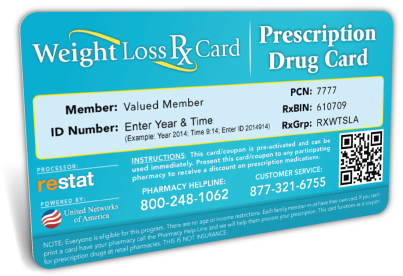Having a gluten-free lifestyle means you can prepare gluten-free dishes that are delicious as well as nutritious. To produce delicious gluten-free snacks and meals, you need to make sure that you're supplied with important ingredients for gluten-free cooking and that you know which foods and ingredients you need to avoid. It's also crucial to know what you can substitute for certain foods and ingredients in favorite recipes that you want to acclimate to your gluten-free diet.
Say "Yes" To
Foods made from grains and grain-like plants that do not contain harmful gluten, such as:
- Plain Rice in all forms
- Corn in all forms
- soy, quinoa, millet, flax, buckwheat, etc.
- Flours made from gluten-free grain, nuts beans and coconut
Gluten-free ingredients:
Annatto, oat gum, glucose, lecithin, maltodextrin (even when it is made from wheat), syrup, plain spices, silicon dioxide, starch, food starch and vinegar (only malt vinegar might contain gluten). Also citric, lactic and malic acids as well as sucrose, dextrose and lactose; and these baking products: arrowroot, cornstarch, guar and xanthan gums, tapioca flour or starch, potato starch flour and potato starch, vanilla.
The following foods:
- Milk, butter, margarine, real cheese, plain yogurt, most ice cream without gluten-containing add-ins .
- Plain fruits, vegetables (fresh, frozen and canned), meat, seafood, potatoes, eggs, nuts, nut butters, beans and legumes.
- Vegetable oils, including canola.
- Distilled vinegar is gluten free. (See malt vinegar under NO below).
- Distilled alcoholic beverages are gluten free because distillation effectively removes gluten. They are not gluten free if gluten-containing ingredients are added after distillation, but this rarely happens.
- Spices are gluten free. If there is no ingredient list on the container, it contains only the pure spice noted on the label.
- Mono and diglycerides are fats and are gluten free.
Say "NO" To
Wheat in all forms including spelt, kamut, triticale (a combination of wheat and rye), durum, einkorn, farina, semolina, cake flour, matzo (or matzah) and couscous. Wheat is found in many bread, cakes, cereals, cookies, crackers, pretzels, pasta, and pizza crusts, but it can turn up in other products, too. Read labels to be sure.
Most ingredients with "wheat" in the name including hydrolyzed wheat protein and pregelatinized wheat protein. Buckwheat, which is gluten free, is an exception.
Barley and malt, which is usually made from barley, including malt syrup, malt extract, malt flavoring and malt vinegar.
Rye, which is most often found in bread products. It is not typically used to make ingredients.
Breaded or floured meat, poultry, seafood and vegetables, when the breading is made with wheat. Also meat, poultry and vegetables when they have a sauce or marinade that contains gluten, such as soy and teriyaki sauces.
Foods that are fried in the same oil as breaded products are not considered to be safe on the gluten free diet.
Licorice, which is made with wheat flour, and other candies that contain wheat or barley.
Say "Maybe" To
Beer is gluten-free when made from gluten-free grains. Beer made from barley and processed to remove gluten is not considered to be gluten free.
Dextrin can be made from wheat, which would be noted on the label, and would not be gluten free.
Flavorings are usually gluten free, but in rare instances can contain wheat or barley. By law, wheat would have to be labeled in foods regulated by the Food and Drug Administration (FDA). Barley is usually called malt flavoring. In extremely rare instances, neither barley nor malt is specified when used in a flavoring.
Modified food starch is gluten free, except when wheat is noted on the label, either as "modified wheat starch," modified starch (wheat) or if the "Contains" statement at the end of the ingredients list includes wheat.
